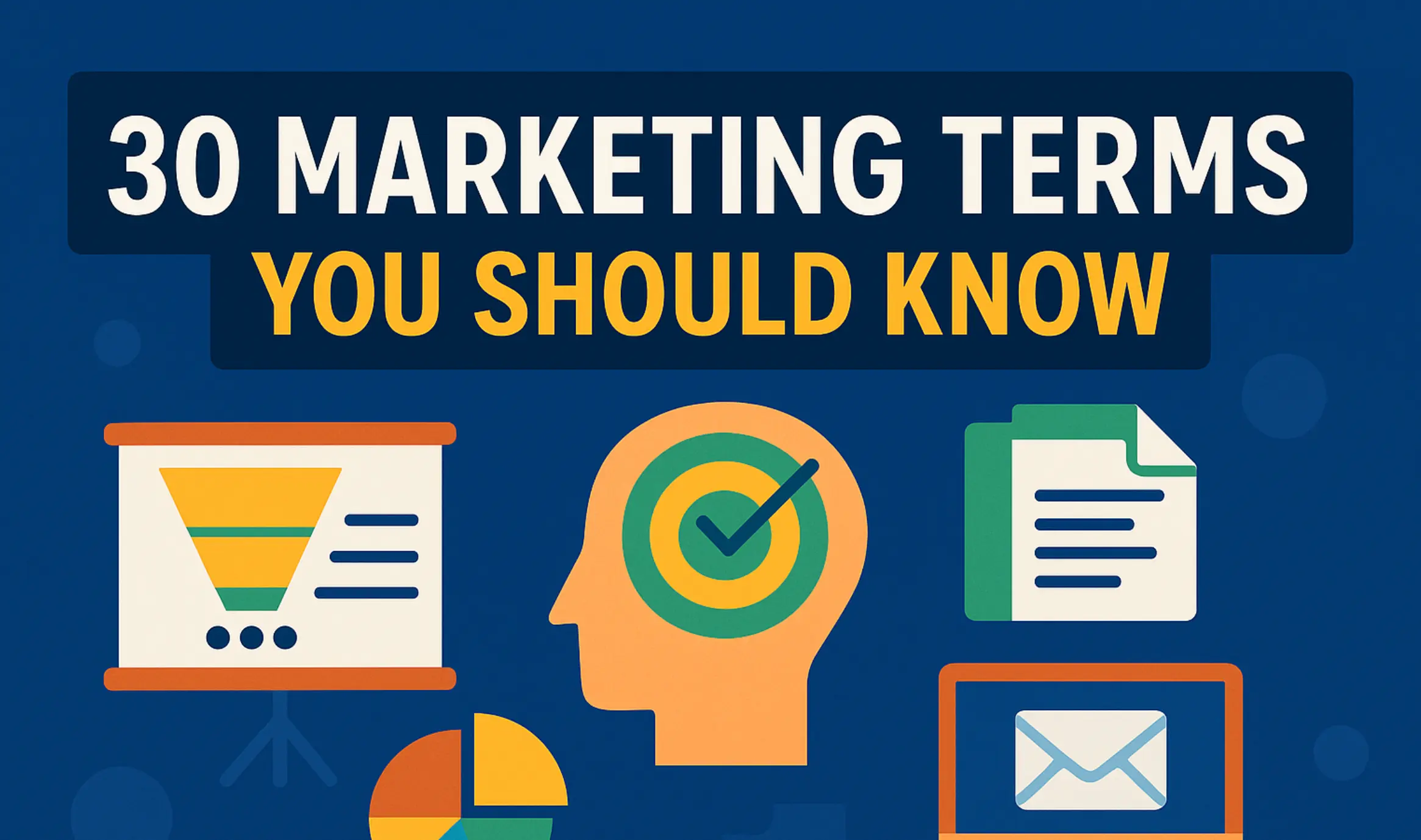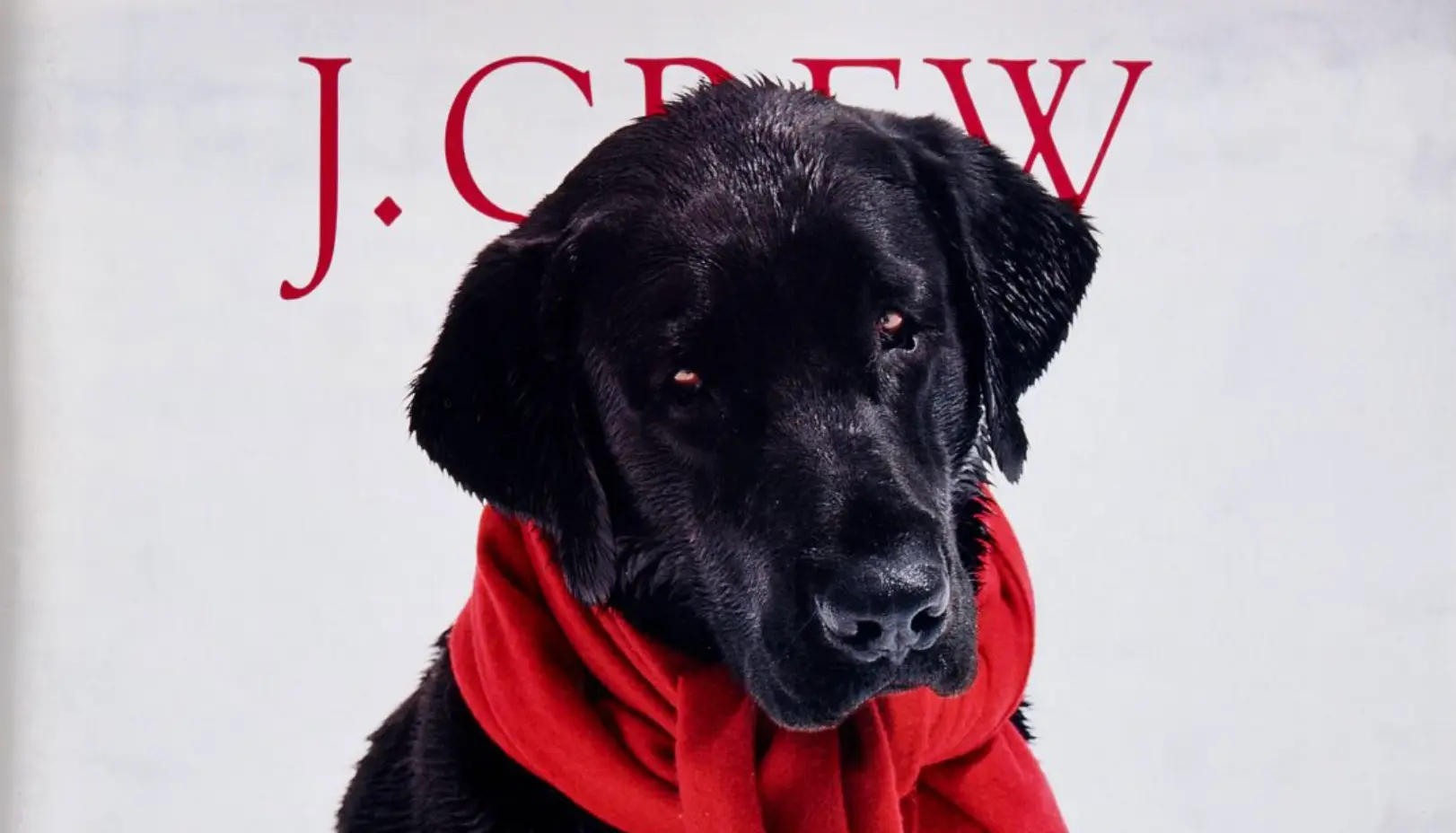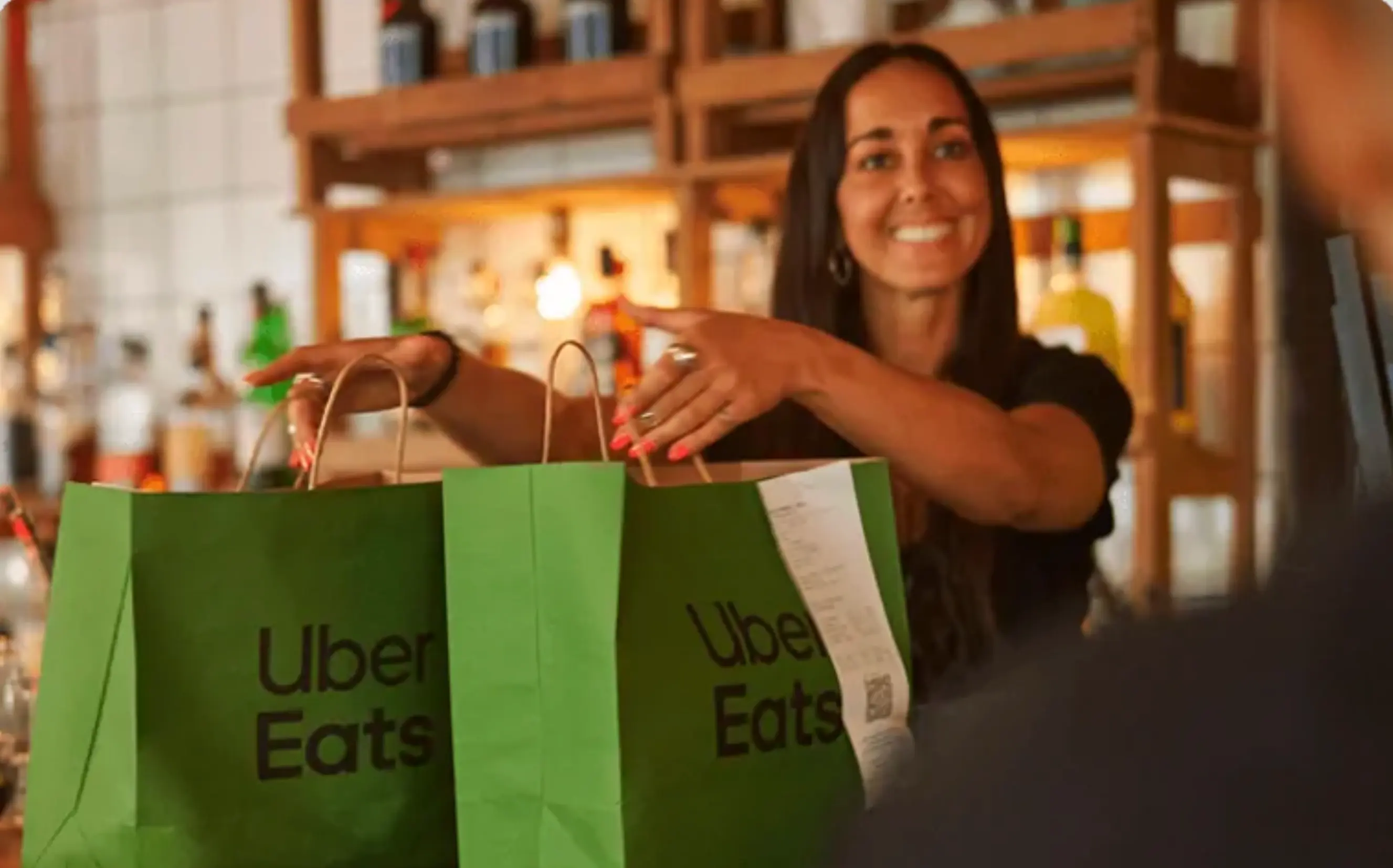How Hatch Turned Doomscrolling Into A Horror Marketing Campaign That Converts
Updated on
Published on
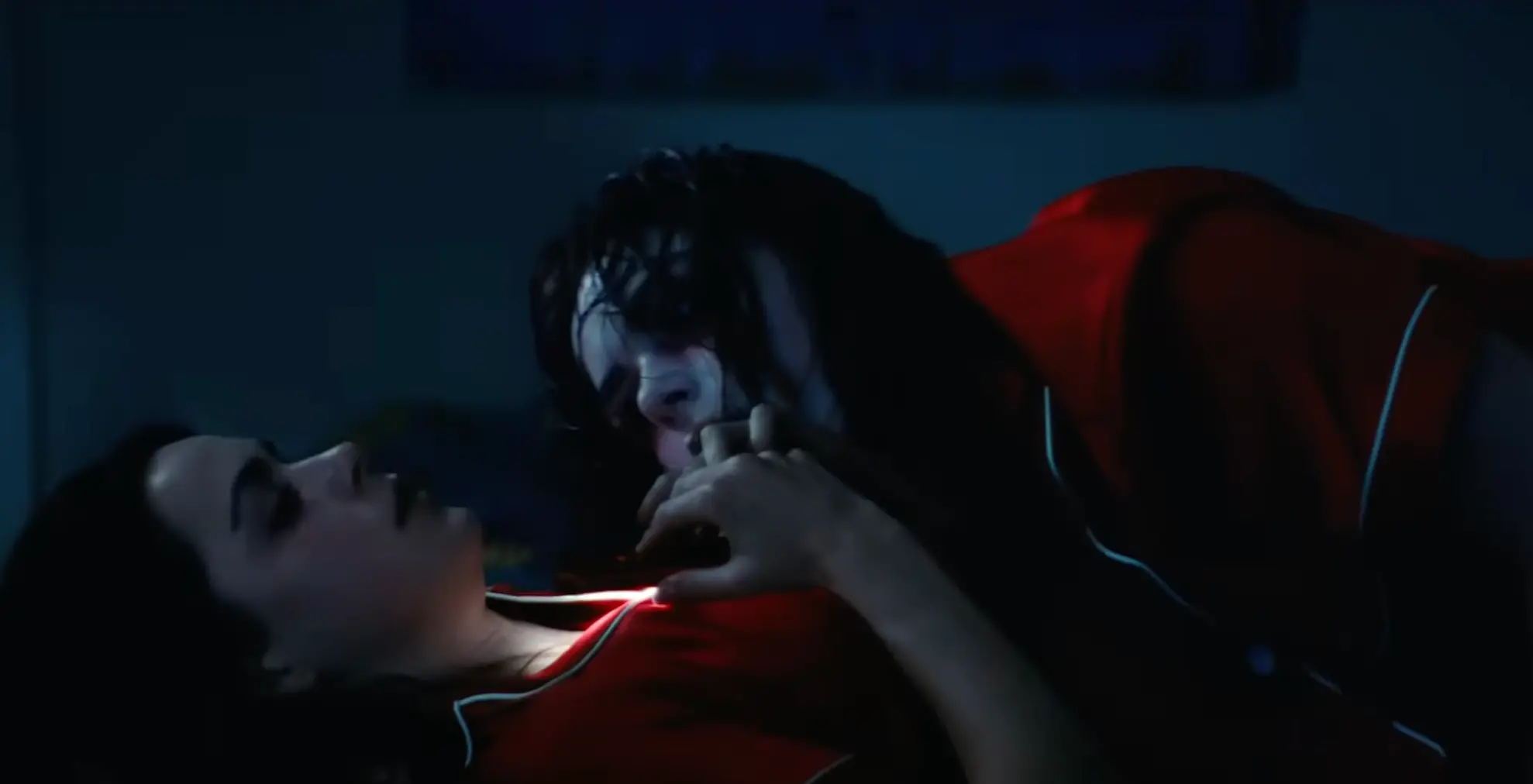
Doomscrolling already feels like a jump scare at 1 a.m. Hatch leaned in and made that feeling literal. The Hatch horror trailer, titled Goodnight, Phone, looks like a real movie preview: a young couple moves into a new house; she can’t stop scrolling; the feed fights back. Directed by Meredith Alloway and starring Kiernan Shipka, the spot piles on familiar digital terrors—phantom TikTok twins, a Ring-style doppelgänger, and PG-13 body horror like bloody thumbs and a swallowed power cord—while her partner (Jake Cannavale) sleeps calmly with a Hatch on the nightstand. The split screen of chaos vs calm is the point: doomscrolling is noise; the Hatch ritual is quiet.
At a glance
- Format: a 90 second faux trailer cut with true trailer grammar (cold open → escalation → title card → sting), directed by Meredith Alloway and led by Kiernan Shipka. (The Hollywood Reporter).
- Story beat: Shipka spirals into algorithmic hauntings; her partner (Jake Cannavale) sleeps fine thanks to Hatch—visual proof of boundaries. (People).
- Where it ran: online first, with a short Halloween window of select AMC/Cinemark placements to heighten the “is this a real movie?” effect. (Marketing Dive).
- Where it sends you: a horror-themed microsite that continues the bit (“666 notifications”) and routes to Shop Restore—watch → click → buy. (Hatch “Goodnight, Phone” Help/Feature).
What is Hatch?
Hatch is a sleep-technology company that builds “phone-free” bedside devices and content to help people wind down at night and wake up gently in the morning. The brand started with Hatch Rest for babies and families and later expanded to adults with Hatch Restore, a smart sleep clock that combines soothing audio, a dimmable light, wind-down routines, and a sunrise alarm—designed so you can keep your phone off the nightstand. (Hatch)
1) The story: doomscrolling as the monster
Hatch didn’t lecture about sleep. It personified the habit. Shipka’s character can’t stop swiping; the feed “answers” with clones and cursed visuals. In the same frame, her partner—who put the phone away—sleeps, bathed in the soft glow of Restore. That side-by-side image does the selling without a VO: the Hatch trailer campaign turns a modern compulsion into a clear villain, then shows the ritual that ends it. (People).
- Hatch turned the scrolling habit into a literal horror villain.
- The split-screen shows the Hatch ritual as the clear escape from the chaos.
2) Trailer grammar, not ad grammar
“Goodnight, Phone” is edited like a studio teaser: slow dread, quick cuts, a bold title card, and a final sting. Specs wait until the audience is craving relief. That’s why the Hatch horror trailer is watched like entertainment and not skipped like an ad: story first, solution as payoff. (Marketing Dive).
- The spot was edited like a movie teaser to be watched as entertainment.
- The solution was presented as the payoff to avoid the ad skip reflex.
3) Casting that unlocks culture
Kiernan Shipka brings genre credibility; fans click to see what she’s in. Jake Cannavale’s calm, sleeping counterpart sells the product role silently. Casting pulled coverage into mainstream entertainment outlets (not just ad trades), widening the top of funnel for the Hatch trailer campaign. (People). This ad is also the name of one of Hatch's features, which helps users give their phone a bedtime which helps you saty phone free during your bedtime.
- Casting Kiernan Shipka added genre credibility and drove mainstream attention.
- Her sleeping co-star silently sold the product's boundary-setting benefit.

4) Seasonal timing that compresses attention
Hatch launched mid-October and kept the run tight, with select AMC and Cinemark screens adding just enough “real movie” aura while online did the volume. A Halloween end date (through Nov. 1) created urgency and made measurement cleaner. This is horror marketing used as a calendar advantage, not just a vibe. (Marketing Dive, Muse by Clio).
- The short, mid-October run leveraged a Halloween calendar advantage.
- Select theater placements boosted the campaign's "real movie" credibility.
5) Sound and image designed for phone viewing
On mobile, sound sells the scare. The trailer uses distorted pings, crawling typing bubbles, and loaded silences and suspense that feel too real at midnight. Visuals like the Ring-style double and swallowed powercords add a “look away” urge, then the palette warms when the ritual starts. The Hatch horror trailer hits hardest where most people watch it—on their phones. (Marketing Dive, People).
- Distorted pings and typing sounds intensified the scare on mobile devices.
- Visuals like thumb trauma made the digital overuse feel physically visceral.

6) The microsite: conversion as Act III
The click doesn’t dump you on a generic PDP. The Goodnight, Phone page keeps the dark palette, cheeky copy, and gives two big buttons: Watch again or Shop Restore. The message is consistent across product and help content: “put your phone to bed,” start a phone-free wind-down, and sleep. Story continues into UX, so action feels like the last scene—not a jarring pitch. (Hatch feature page, Restore page).
- The landing page kept the dark aesthetic, maintaining the story continuity.
- Users were offered "Shop Restore," making the purchase the final scene of the experience.
7) Why it converts for Hatch (not just views)
The Hatch trailer campaign converts because the solution is immediate and concrete: a named ritual—Goodnight, Phone—that you can try tonight with Restore. The trailer shows the ritual in-scene (no handset in hand, tap to start, dim light), and the landing flow repeats it in plain language. Entertainment creates intent; a one-step ritual captures it. (Hatch feature page).
- The campaign offers an immediate and simple-to-adopt "Goodnight, Phone" ritual.
- Entertainment created intent, and the simple ritual helped to capture that intent.
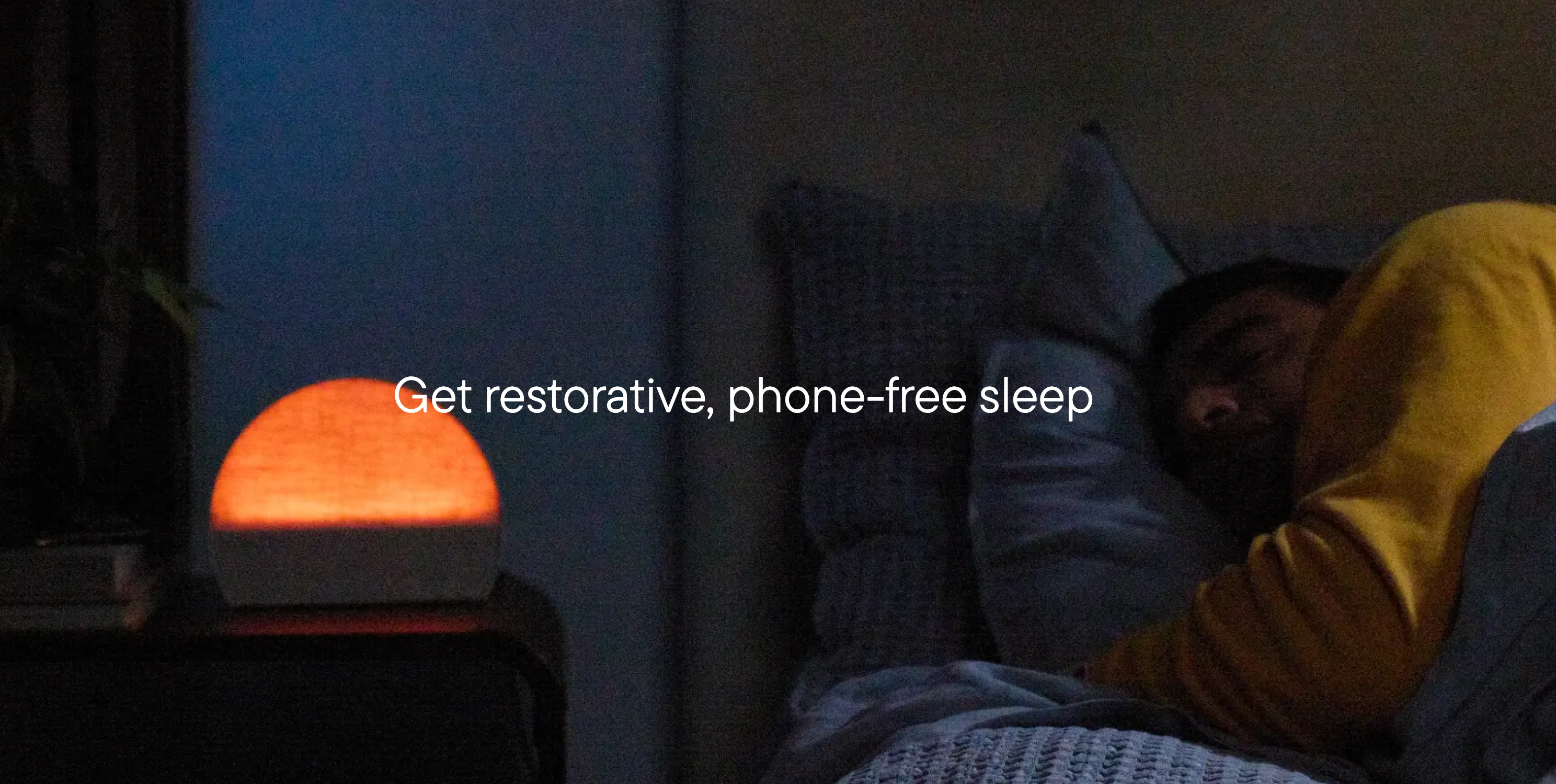
8) Horror tropes used as marketing tools
This is horror marketing with purpose. The doppelgänger externalizes the part of you that keeps scrolling, the twins echo endless content loops, and the tactile “thumb” gore literalizes the physical cost of overuse. Each scare maps to a real behaviour, which makes the Hatch horror trailer feel true, not gimmicky—and primes audiences to accept the fix. (People, Muse by Clio).
- The doppelgänger and twins externalized real compulsive scrolling behaviors.
- Mapping the scares to real habits primed the audience to accept the product fix.
9) PR arc and social proof
Because it passes as culture, the Hatch horror trailer earned coverage across entertainment and marketing press, plus creator reposts during a peak “spooky season” week. That mix widened reach beyond existing followers, then funneled to the microsite where the CTA was clear. When a brand story looks like a movie story, the distribution looks like news, not ads.
- The trailer's look-and-feel helped it earn coverage as news, not just an ad.
- This free media expanded reach beyond followers to a wider cultural audience.
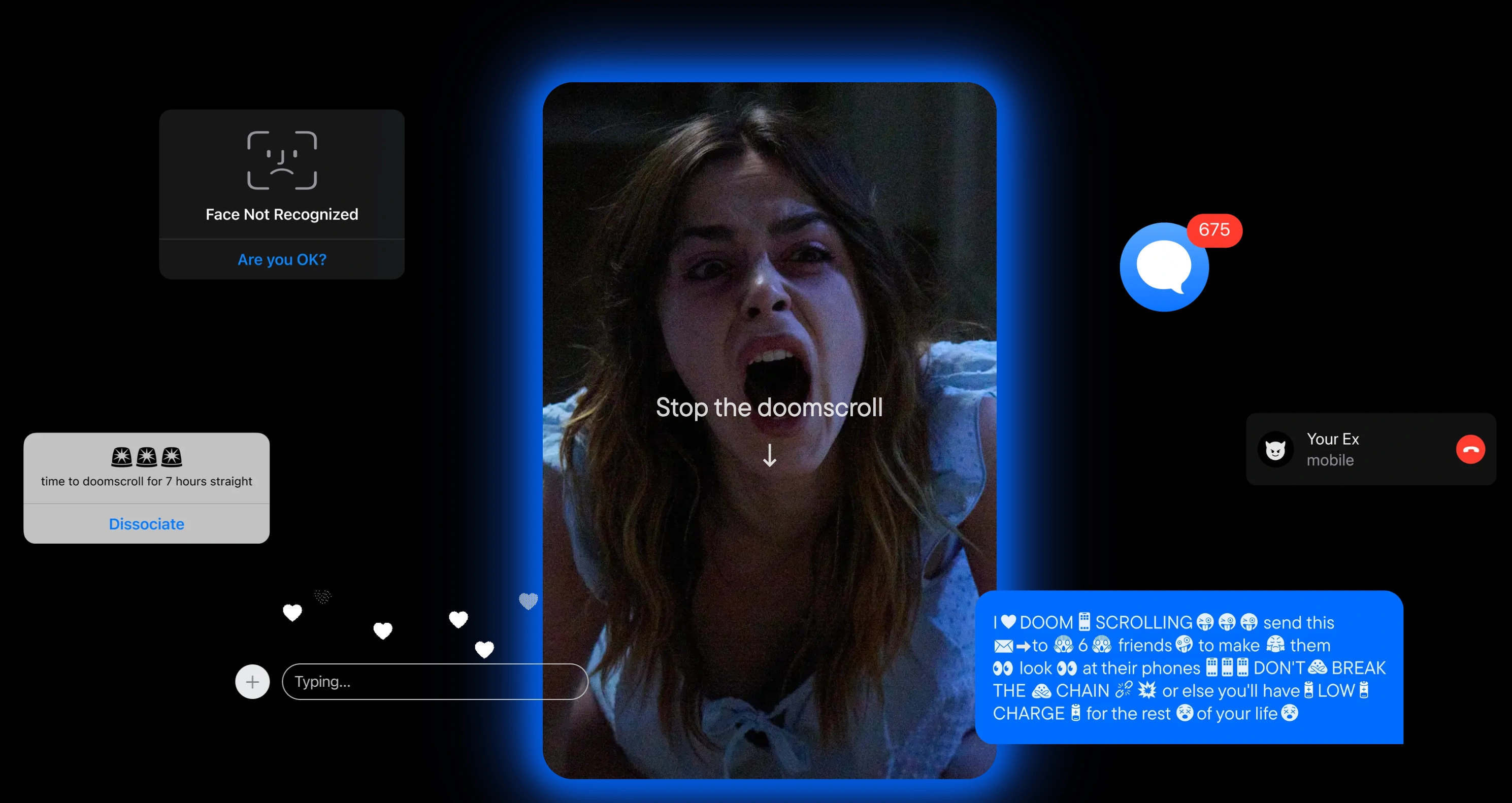
10) Feature tie-in that closes the loop
This isn’t only a mood piece. Hatch literally names the routine Goodnight, Phone inside its product ecosystem: the Hatch Sleep app keeps a count of nights you “put your phone to bed,” nudges you if you’re late, and lets you start your Unwind routine from a notification. The title of the trailer is the name of the feature, which makes recall and adoption easy. That’s brand, product, and performance working as one. (Hatch “Goodnight, Phone” Help/Feature).
- The trailer title is the literal name of a feature inside the Hatch app.
- This link ensures product adoption and recall are straightforward for users.
FAQ
Is there a real movie behind “Goodnight, Phone”?
No—it’s a faux trailer built for Halloween that behaves like a film to earn attention, then resolves as a phone-free bedtime ritual on Restore.
Did it actually play in theaters?
There is no movie but the trailer did —during a short Halloween window, in select AMC and Cinemark locations as a credibility boost alongside the online drop.
What’s the single product message?
Put the phone to bed. Start a phone-free wind-down on Restore for better sleep—shown in the trailer and reinforced across Hatch’s site and help content.
Final frame
Hatch didn’t sell specs. It staged a scare, then offered relief. By packaging doomscrolling as a horror villain and Goodnight, Phone as the ritual that ends it, the Hatch trailer campaign passes as culture and performs like commerce. That’s the lesson baked into every scene: make the monster familiar, make the escape simple, and let the click feel like the last shot.



